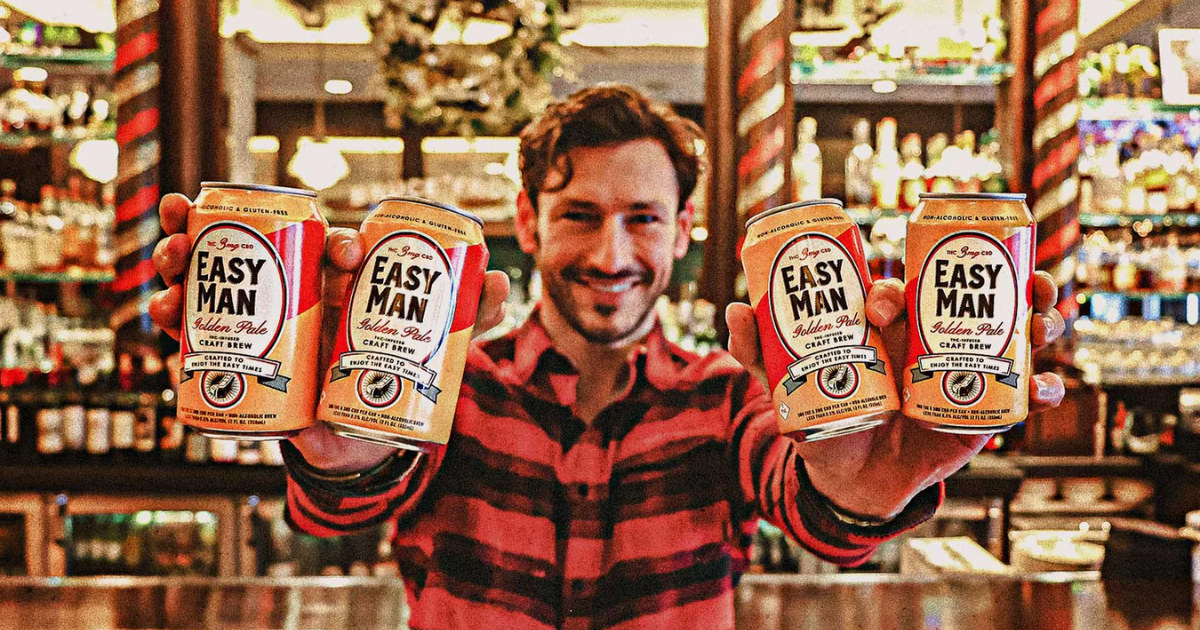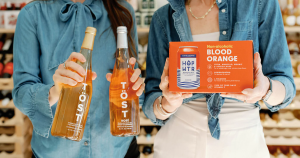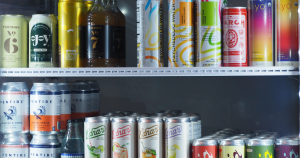The non-alcoholic beer category has exploded in recent years, and with good reason. Compared to non-alc wines or spirits, beer is significantly easier to replicate in flavor and body. It’s familiar, sessionable, and backed by strong global consumption rituals. But now that the novelty of “beer without the booze” has worn off, brands are asking: how do we stand out?
The answer to this question may be functionality.
As non-alc beer moves from novelty to norm, functional ingredients offer a new layer of differentiation. But not all “functional” additions are created equal—and consumers are becoming more skeptical about what actually works.
The Case For Functionality
Unlike spirits and wine, beer has always been about volume. People drink multiple cans across multiple settings: at home, bars, sporting events, and more. That gives functional ingredients a bigger stage to play on. When done right, their effects can feel purposeful and intuitive rather than gimmicky.
We’re especially bullish on two add-ins: THC and caffeine.
These ingredients come with built-in consumer understanding. Their effects are fast, familiar, and tangible. If you’re swapping a traditional “buzz” for something new, these two can actually compete.
THC Beer as a Contender
THC-infused non-alc beers are one of the most promising infused beverage formats. While the seltzer side of the category is starting to feel crowded, beer offers both a blank canvas and a clearer occasion.
For instance, we’ve covered Tripleswitch Brewing, which leans heavily into this space with several functional beers all dosed with 5mg of THC (plus 5mg of CBD). Easy Man, a Go Brewing offshoot, takes a different approach: smaller 3mg doses.
These beers raise an interesting question: will THC beer thrive in out-of-home social settings, or stay confined to at-home nightcaps? Easy Man seems to hit a better sweet spot here, mimicking the beer occasion more closely than some of its high-dose competitors.
Why Caffeinated Beer Could Be Clever
On the opposite end of the spectrum, we’ve seen brands introduce caffeine-infused non-alc beers designed for energy rather than relaxation. VETO’s PLAY variant is a standout example, merging beer’s familiar bitterness with the functional lift of caffeine.
Unlike adaptogens or nootropics, caffeine doesn’t necessitate education. It works and consumers trust it. So much so that 88% of Americans consume caffeine, and 8 out of 10 of those who drink it do so daily.
PLAY’s positioning also hits on something clever: reframing non-alc beer as a daytime drink. In a market that’s still figuring out when and where to consume alcohol alternatives, caffeinated beers help open up the “morning beer” conversation in a natural way.
The Adaptogen Problem
We must point out: not all functional additions are equally compelling.
Despite a surge of mood-boosting, mind-clearing, focus-enhancing claims in recent years, ingredients like L-Theanine and ashwagandha haven’t exactly won over the masses. Not because they’re inherently ineffective, but because consumers aren’t totally convinced they do anything noticeable.
Most of the time, these beers combine a vague promise with a high price point. And unlike THC or caffeine, there’s no instant feedback loop to validate the claims. This can leave consumers unimpressed and, often, unwilling to pay the extra fee.
We’ve seen this story play out before, particularly with some mushroom-forward brands. While the initial hype is high, they eventually shutter. Is this due to unsustainable business models, or a more fundamental lack of consumer interest?
There’s a fine line between innovation and throwing around buzzwords. Some brands might have to consider what’s more important: social media hype or repeat customers.
What Comes Next For Non-Alc Beer?
There’s still a massive opportunity in functional non-alc beer, but primarily for those who prioritize effectiveness and occasion clarity.
The formats with the strongest futures are the ones that can clearly answer two questions:
- What does this do for me?
- When should I drink it?
If non-alc beer is going to evolve from “alternative” to essential, it needs more than good flavor. It needs to prove that it’s a legitimate contender to be integrated into consumer’s routines. For many, that includes delivering some kind of noticeable function.
Who knows what functional components brands might think up? We’d love to see other ingredients start to prove their effectiveness and carve their space on the shelves. But until then, we’re betting on ingredients that consumers are already familiar with, like THC and caffeine.






